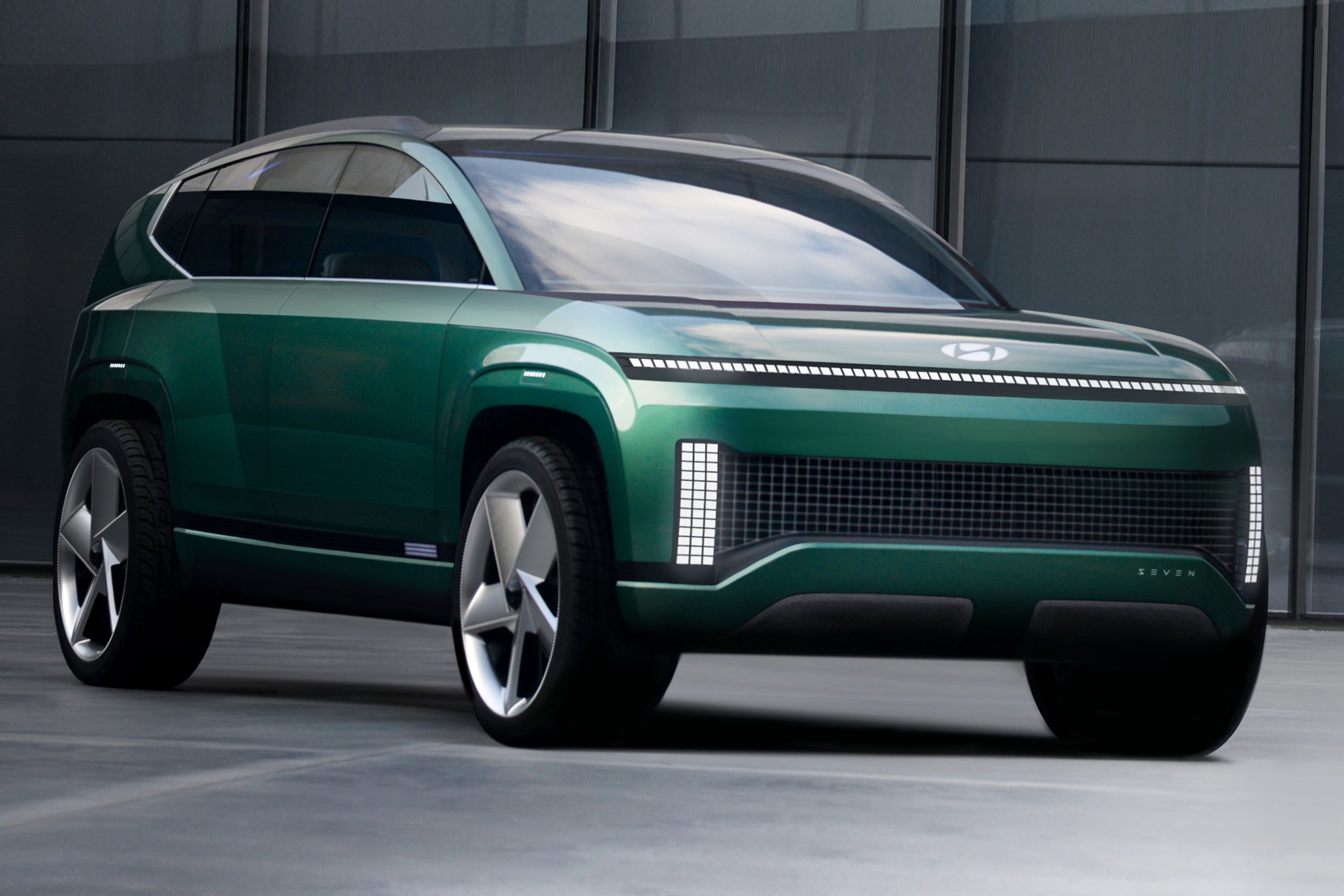
CarBuzz has discovered a Hyundai patent filed with the USPTO that describes a cargo cleaning innovation that sanitizes the luggage area and its contents. The worldwide COVID-19 pandemic has prompted many manufacturers to invest in virus-proofing their cars' interiors, with all manner of techniques employed to remove pathogens from the cabin air and even new interior materials that actively kill viruses. PM2.5 filters, activated carbon filters, and air ionization systems are becoming commonplace in the luxury market, and much of this technology will soon trickle down to lower-end cars as well.
Hyundai has long been active in this research field: the upcoming Hyundai Ioniq 7 will feature a hygiene airflow system that removes used air and will employ ultraviolet light to sanitize the car's interior surfaces after its passengers have disembarked. The Ioniq 7 concept car even has a shoe-refreshing compartment, and now the idea is going a step further.
As with most non-chemical sanitizing devices, Hyundai's new patent relies on ultraviolet radiation to destroy pathogens. More than a mere UV light emitter, the technology presented here is designed to incorporate some intelligence and airflow management as well, to clear the air in the trunk as well as clean the surfaces of objects in the trunk.
This system's mission is not just to eliminate viruses in the trunk but also to expel possible odors and other airborne contaminants. By managing air intake and exhaust shutters and an integrated blower unit, controlled movement of air through the trunk is created, which extracts the air from within and replaces it with filtered air from the outside, preventing cross-contamination with the cabin air. The added bonus is that heat-sensitive items in the cargo area will also remain cooler for longer, but until the engineers fit a separate air-conditioning unit for the trunk, this still won't keep your ice cream cold!
The car's navigation system provides the first input: by tracking where the car is located, the sanitizing system can determine if there is a possibility that the owner may have loaded something that could emit odors or may be contaminated by pathogens. If the trunk is loaded at an office building, for example, the system would pay less attention to odor removal when the vehicle gets moving again, but if it is loaded at a fresh produce store, odor control would receive a higher priority.
Furthermore, a camera and an ultrasonic sensor array determine the exact load location and the height of the cargo stack. The system then feeds this information into a control algorithm to calculate the optimal airflow rate through the trunk to ensure efficient air scavenging and adjust the intensity and number of UV decontamination lights needed to eliminate any pathogens on the surface of objects in the trunk.
With this fresh take on existing technology, occupants inside the cabin and the cargo in the luggage compartment can both benefit from improved hygiene.
